"The Ukranian police officer died Monday evening, [March 17], of wounds suffered during violent demonstrations in the north of [Kosovska] Mitrovica," Kosovo police spokesman Veton Elshani said, one day after fighting with Serbian demonstratos also injured up to 160 people.
Sixty-three of those wounded were members of the United Nations’ international police force in Kosovo, hurt when demonstrators pelted them with stones and at least one grenade and possibly even shot at them, officials said. Police later withdrew from the northern half of Mitrovica, but NATO-led Kosovo Force peacekeepers remain in the flashpoint town.
(Article continue below. Also listen to this BosNewsLife/VOA report here)
Bos report – Download (MP3)
Bos report – Listen (MP3)
The violence broke out when NATO peacekeepers and United Nations police moved in to regain control of a UN-run court in the northern town of Mitrovica, which had been occupied since Friday by Serbs opposing Kosovo’s breakaway from Serbia.
Local police said United Nations and NATO personnel were injured amid gunfire and an explosion, apparently caused by a hand grenade activated during the takeover at the courthouse yard.
Attempts to recapture the premises began with NATO-led peacekeepers surrounding the building in armored vehicles. Witnesses said UN police backed by NATO troops then stormed the court building, evicting Serb demonstrators.
STONE-HURLING SERBS
Thousands of stone-hurling Serbs were seen near the courthouse clashing with riot police backed up by NATO soldiers, who used tear gas and stun grenades to disperse the crowd. Medical officials said some 100 people were treated for the impact of tear gas and at least one Serb demonstrator was apparently seriously injured after being shot.
Witnesses said rioters attacked several U.N. vehicles, breaking doors and freeing at least 10 of dozens of detainees from the raid. Smoke was seen billowing from at least two transport vehicles of the 16-thousand-member NATO peace force in Kosovo, KFOR.
Monday’s clashes were described as the worst since the predominantly ethnic Albanian government in Pristina declared Kosovo independent on February 17.
The violence came on the four-year anniversary of anti-Serb riots by ethnic Albanians in which 19 people were killed and dozens of medieval Serbian Orthodox churches and monasteries were destroyed or damaged.
WARNING OF "POGROM"
In Belgrade, President Boris Tadic warned NATO and the United Nations of the risk for Kosovo Serbs on the anniversary of what he called an Albanian "pogrom". Bishop Amfilohije, acting head of the Serb Orthodox church, said "the suffering of our people is continuing this morning in Mitrovica … strongmen are continuing to kill our people".
Serbia’s Orthodox Church and the Belgrade government, backed by Russia, strongly oppose the independence of Kosovo, which they regards as the cradle of Serbian religion and history. About 120,000 Serbs, including many Orthodox Christians, still live in Kosovo between the predominantly ethnic Albanian population of about two million people.
Former European Balkan envoy and current Swedish Foreign Minister Carl Bildt said Mitrovica has become a flashpoint because it is an ethnically divided town separating Albanian and Serb communities. "I was there in the bridge of Mitrovica. It is a bridge between two societies that have very few in common,” he told reporters. “To overcome that division of Kosovo … this will take a long time, we will need a lot of patience…"
Despite Serbia’s opposition, most European Union countries and the United States have recognized Kosovo as an independent state. Kosovo has had an international presence since 1999 when NATO bombardments forced Serb troops to end their crackdown on the region’s independence seeking ethnic Albanian majority. (Parts of this BosNewsLife News report also airs on the Voice of America (VOA) network. http://www.voanews.com






